When Apple initially unveiled the iPhone, it was a singular offering – a one-size-fits-all solution championed by Steve Jobs as the ideal choice for consumers. However, as the iPhone’s popularity skyrocketed, Apple realised that catering to different tastes and needs would be a smarter move. That’s when the larger ‘Plus’ model made its debut, paving the way for the Pro models we know today. In this article, we’ll dive into the fascinating journey of how the iPhone Pro series came into existence and why these models deserve your consideration.
Back in 2014, Apple took a significant step by offering two screen sizes simultaneously – 4.7-inch and 5.5-inch – to satisfy the increasing demand for larger screens, driven by the surge in mobile media consumption. However, besides screen size and battery capacity, the iPhone 6 and 6 Plus were practically identical.

Fast forward to 2018, and Apple stirred the pot again with the iPhone XS series. After briefly returning to a single-model approach with the iPhone X (which didn’t have a Plus counterpart), Apple reinvigorated the iPhone X with the iPhone XS, introducing a larger sibling, the iPhone XS Max.
 The iPhone 8 Plus alongside the iPhone XS Max. (Image: Nandagopal Rajan/The Indian Express)
The iPhone 8 Plus alongside the iPhone XS Max. (Image: Nandagopal Rajan/The Indian Express)
The “Max” label was a novelty. It accurately represented the iPhone XS Max’s large display, but it also hinted that this larger variant didn’t offer any additional features – merely a bigger screen.
However, this “Max” chapter was short-lived. Apple bid farewell to it the following year, ushering in the iPhone 11 Pro series, marking a new era for the iconic smartphone.
The first Pro iPhone and the ‘People’s iPhone’
The last iPhone lineup carrying the ‘X’ designation consisted of three models: iPhone XR, iPhone XS, and iPhone XS Max. These devices laid the foundation for today’s lineup. With the subsequent release, Apple stuck to the three-model approach but added a fresh twist by introducing the ‘Pro’ label for the first time. The iPhone XR became the iPhone 11, the iPhone XS became the iPhone 11 Pro, and the iPhone XS Max transformed into the iPhone 11 Pro Max.
This reshuffling suggested that Apple aimed to position the iPhone 11 as the ‘default’ iPhone, or the people’s iPhone if you may, as opposed to the iPhone XR, which primarily served as a more budget-friendly option. Of course, beyond the name changes, there weren’t significant differences between the 2018 and 2019 lineups.
Story continues below this ad
 The iPhone 11 alongside the iPhone 11 Pro Max. (Image: Nandagopal Rajan/The Indian Express)
The iPhone 11 alongside the iPhone 11 Pro Max. (Image: Nandagopal Rajan/The Indian Express)
Nevertheless, the name change may have subtly influenced consumer psychology. The ‘Pro’ label implied that these devices were somewhat niche products, appealing to a select few who demanded more. Thus, iPhone 11 owners could take pride in their choice, just as those who opted for the iPhone 11 Pro did.
But Apple wasn’t finished with its transformations. The years from 2018 to 2020 felt like an experimental phase in the iPhone’s evolution, with Apple testing the waters before settling on the lineup we see today.
The modern iPhone lineup takes shape
The iPhone 12 series marked a significant shift in both display size and technology. The iPhone 11, essentially a rebranded iPhone XR, joined the AMOLED club with the iPhone 12, delivering a substantial improvement in display quality. By this point, nearly every Android phone above a certain price point featured AMOLED screens. The iPhone 11’s underwhelming LCD panel with its sub-1080p resolution could no longer justify its Rs 64,900 price tag.
 The iPhone 12 Pro. (Image: Nandagopal Rajan/The Indian Express
The iPhone 12 Pro. (Image: Nandagopal Rajan/The Indian Express
Meanwhile, the iPhone 12 Pro and iPhone 12 Pro Max introduced major changes. They were the first iPhones to support ultrafast 5G, and they featured larger displays. The iPhone 12 Pro expanded to 6.1 inches from the iPhone 11 Pro’s 5.8 inches (while also shedding some weight), and the iPhone 12 Pro Max grew to a whopping 6.7 inches from the iPhone 11 Pro Max’s 6.5 inches. These sizes proved to be a winning formula, as Apple retained them for the latest iPhones.
Story continues below this ad
The iPhone 13 series brought about some stability, with no major overhauls for the first time in years. Or did it? Display enthusiasts noticed that the iPhone 13 Pro models finally changed their refresh rate, doubling it to 120Hz, a feature Apple aptly dubbed “ProMotion.” This change was likely driven by the competition from Android brands, which had started experimenting with refresh rates as high as 144Hz.
However, a gap still existed in the lineup. The 6.1-inch screen size of the iPhone 13 was smaller than the average smartphone. What if you wanted the same model with a larger screen without the hefty price tag of the iPhone 13 Pro Max?
 The iPhone 13 Pro. (Image: Anuj Bhatia/The Indian Express)
The iPhone 13 Pro. (Image: Anuj Bhatia/The Indian Express)
This question found its answer in 2022 with the iPhone 14 Plus, designed for those seeking the spacious display of Apple’s top-tier iPhone without the premium price. However, even as the gap between the standard iPhone and the iPhone Pro models seemed to narrow with the Plus model, the iPhone Pro series evolved further with the 14 series, introducing the Dynamic Island, high-res 48MP cameras for better detail, and LTPO displays.
Why choose the Pro models?
The divide between the Pro and non-Pro models has never been wider. While the iPhone 14 serves as the most budget-friendly entry point to the Apple ecosystem, the iPhone 14 Pro models offer compelling enhancements, including premium builds with stainless steel, superior camera systems, larger batteries, ProMotion display technology, and expanded storage options.
Story continues below this ad
 The iPhone 14 Pro alongside the iPhone 14 Pro Max. (Image: Nandagopal Rajan/The Indian Express
The iPhone 14 Pro alongside the iPhone 14 Pro Max. (Image: Nandagopal Rajan/The Indian Express
But the best is yet to come. The upcoming September Apple event promises to unveil the iPhone 15 Pro models, which are expected to feature USB-C instead of Lightning (standard across all models), new periscope camera technology for enhanced zoom, cutting-edge A17 chips manufactured on the 3nm process, shockingly slim bezels, lighter titanium builds, and more.
In a world of choice, the iPhone Pro models stand out as the pinnacle of Apple’s smartphone offerings, delivering an exceptional experience for those who demand the very best.



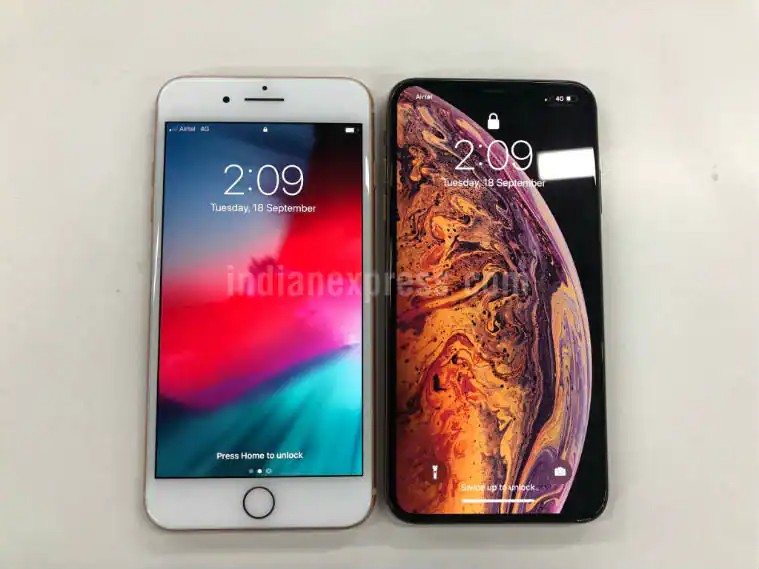 The iPhone 8 Plus alongside the iPhone XS Max. (Image: Nandagopal Rajan/The Indian Express)
The iPhone 8 Plus alongside the iPhone XS Max. (Image: Nandagopal Rajan/The Indian Express)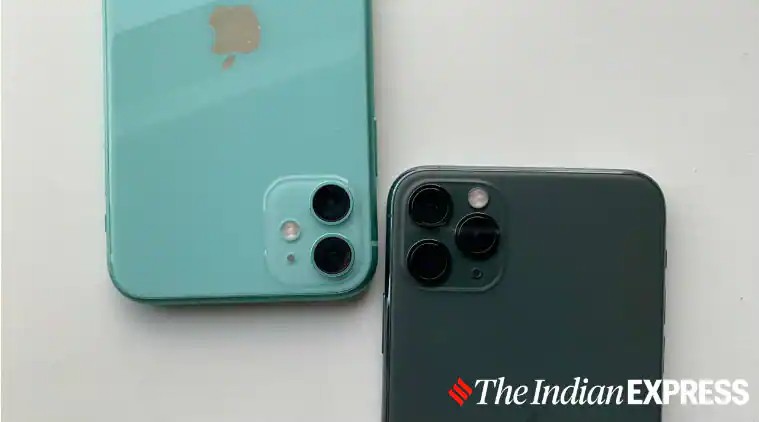 The iPhone 11 alongside the iPhone 11 Pro Max. (Image: Nandagopal Rajan/The
The iPhone 11 alongside the iPhone 11 Pro Max. (Image: Nandagopal Rajan/The 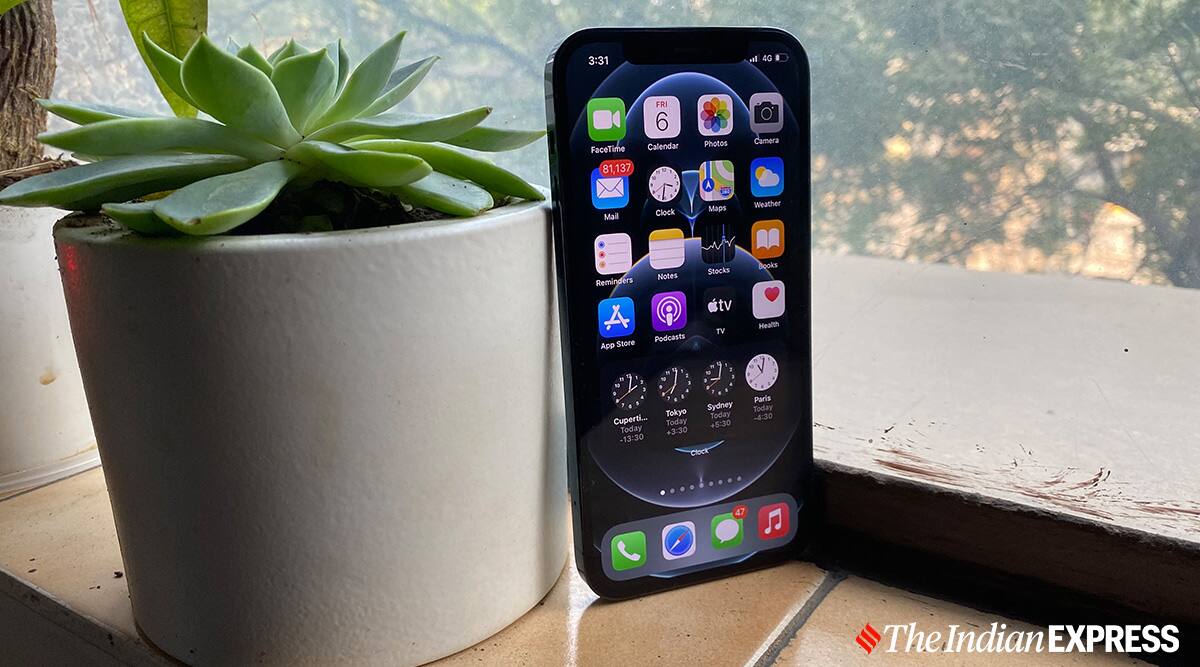 The iPhone 12 Pro. (Image: Nandagopal Rajan/The Indian Express
The iPhone 12 Pro. (Image: Nandagopal Rajan/The Indian Express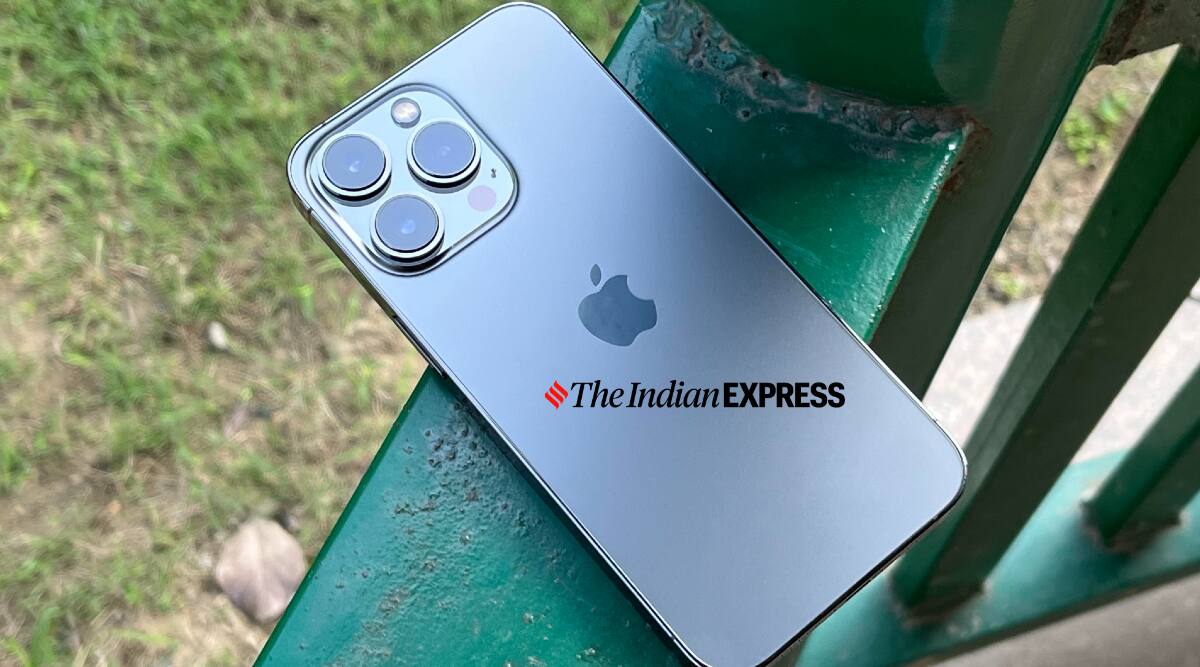 The iPhone 13 Pro. (Image: Anuj Bhatia/The Indian Express)
The iPhone 13 Pro. (Image: Anuj Bhatia/The Indian Express)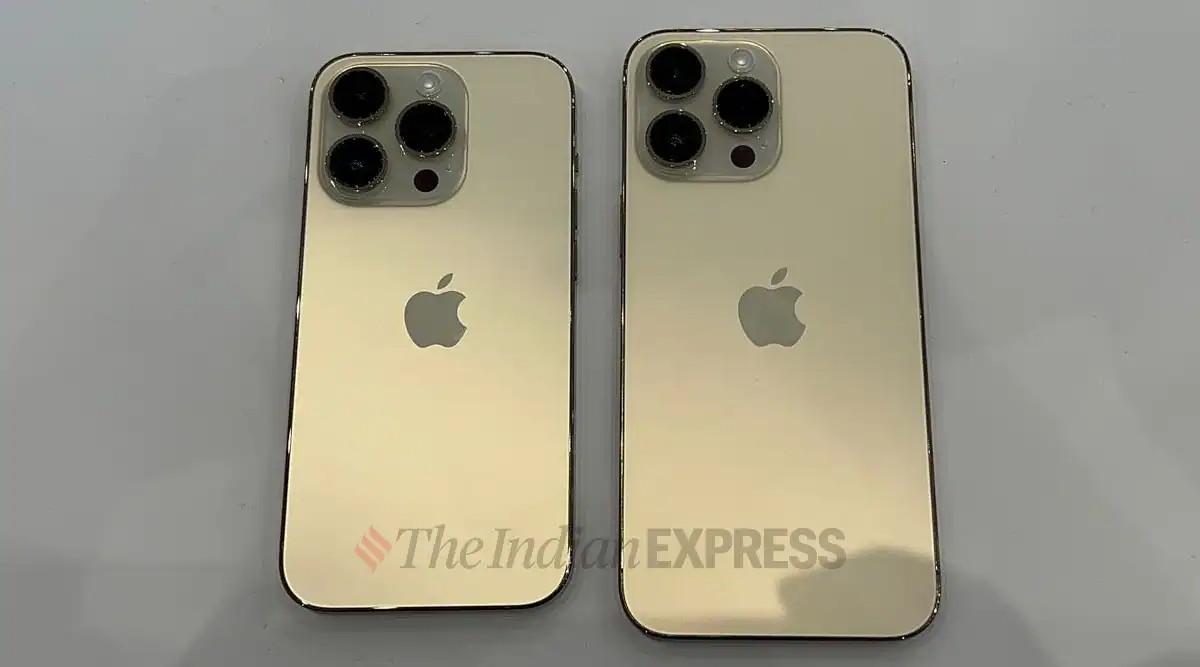 The iPhone 14 Pro alongside the iPhone 14 Pro Max. (Image: Nandagopal Rajan/The Indian Express
The iPhone 14 Pro alongside the iPhone 14 Pro Max. (Image: Nandagopal Rajan/The Indian Express





